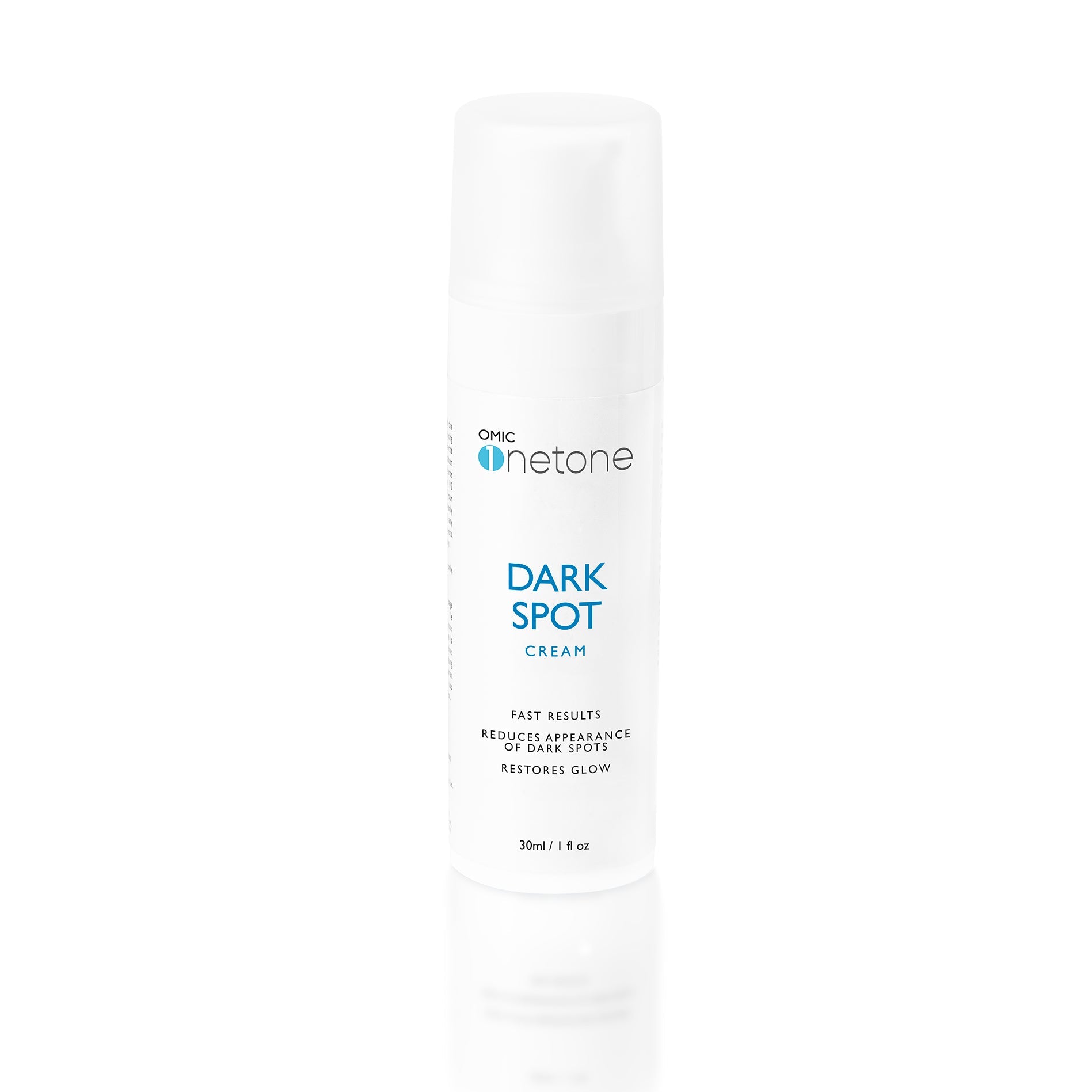Why Tranexamic Acid is the Ultimate Skin Savior

Tranexamic acid can be beneficial in reducing the appearance of post-breakout marks, regardless of their color. It especially works well for individuals with deeper skin tones and visibly reduces redness. This ingredient is generally considered good for the skin, with research supporting its benefits.
To effectively control and fade dark spots, a powerful serum combines tranexamic acid, bakuchiol, and niacinamide. It targets brown and gray patches while also preventing the formation of new discoloration.

Incorporating tranexamic acid into your skincare routine is easy. It can be used once or twice daily by individuals of all skin types, ages, and ethnicities who struggle with discolorations. For faster results, using it twice daily is recommended. The application of tranexamic acid in your skincare routine depends on whether you want to target specific spots or treat the entire face.
Tranexamic acid works by interrupting multiple pathways related to surface discolorations. Excess plasmin, an enzyme in the skin, triggers the stimulation of excess melanin production in the lower layers, resulting in discoloration. Tranexamic acid effectively prevents the formation and improves the existing dark spots. Its effectiveness has been compared to that of hydroquinone, a gold standard ingredient for treating discoloration.
The application of tranexamic acid may take a while before significant results are visible. It generally requires daily use for 8-12 weeks. This ingredient not only targets dark spots but also helps even out mask-like discolorations that may appear around the mouth or during pregnancy.
Tranexamic acid is a remarkable ingredient known for its ability to fade various types of skin discolorations. Research has shown its effectiveness, making it a suitable option for those with melasma. It also aids in maintaining a youthful appearance of the skin.
Tranexamic acid actively improves existing discolorations and prevents the formation of new dark spots. Clinical studies have demonstrated that almost 96% of participants experienced noticeable improvements after using tranexamic acid for 12 weeks alongside a broad-spectrum sunscreen. Sun damage is one of the causes of surface discolorations, but other types and causes can also be addressed with this ingredient.

For skincare products containing tranexamic acid to effectively reduce skin discolorations, it is advisable for them to contain 2-5% of this ingredient. Additionally, the ideal pH range for tranexamic acid formulations is between 5-7, as this is most beneficial for the skin.
Retinol and tranexamic acid can be used together in a skincare routine. Combining tranexamic acid with other ingredients that improve discoloration, such as retinol, bakuchiol, niacinamide, vitamin C, or brightening plant extracts like licorice root, can yield even better results.
During the day
It is recommended to use it all over the face after cleansing, toning, and using a leave-on AHA or BHA exfoliant. Follow up with a serum and/or other treatment products, and finish with sunscreen. When spot treating, apply it directly to the discolored areas before applying sunscreen.
For nighttime
Follow a similar pattern by applying tranexamic acid all over the face, followed by other nighttime treatments and moisturizer. For spot application, dab it onto the affected areas and finish with moisturizer. It is not necessary to wait between steps, but ensure that as much of the tranexamic acid product as possible remains on the dark spots.
Wrapping up
Tranexamic acid and retinol are not the same. Tranexamic acid is a water-soluble synthetic ingredient derived from lysine, an amino acid. To make it most effective for the skin, it should be used alongside oil-soluble ingredients. While tranexamic acid primarily targets discoloration, retinol has a broader range of benefits for the skin.
- Tags: Guide
0 comments










